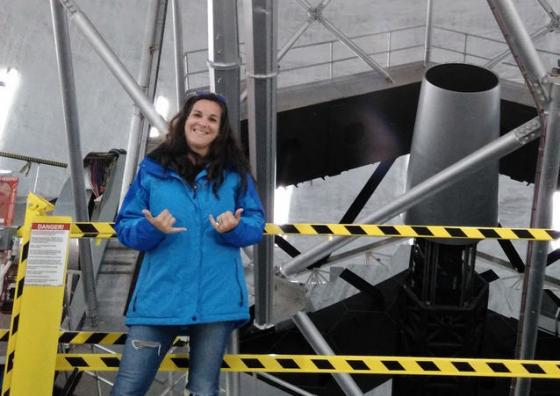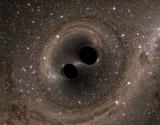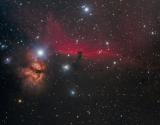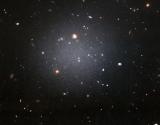Massive galaxies are one of the predominant populations in our universe today. How these giant objects came to form is still one of the great enigmas in the field of galaxy formation and evolution.
The currently most accepted model explains that they form in two phases: a very violent and fast first phase that forms a very compact and massive nucleus, followed by a phase called accretion, as new stars accumulate only around of this core, due to the interaction with other smaller mass galaxies.
Models predict that 0.1% of massive galaxies should omit this second phase in their evolution, remaining compact and massive, as relics of the past. Finding one of these relic galaxies would therefore be irrefutable proof that formation models work, and also a very valuable tool to be able to spy on what formation processes were like when the Universe was very young, but from the comfort of being in the local Universe.
About the author
Anna Ferré-Mateu studied her degree in Physics between the Autonomous University of Barcelona and the University of La Laguna, where she stayed for her Master’s and later her doctorate in Astrophysics. His doctoral thesis (2013) seeks to characterize the stellar properties of galaxies of various families at different times in the Universe, in particular by focusing on the most massive galaxies. From island to island, she moved from Tenerife to Hawaii, where she worked for three years as a postdoc on the Japanese Subaru telescope, searching for massive relic galaxies. She later went to work on a two-year postdoc at Swinburne University of Technology, Melbourne, Australia, where she began researching lower-mass galaxies as well as mysterious ultra-diffuse galaxies. Since September 2018 she is again in Barcelona, at the Institute of Cosmos Sciences of the UB, with a ‘Junior Leader La Caixa” scholarship, where she continues to investigate the mysteries of the dimly lit Universe.






